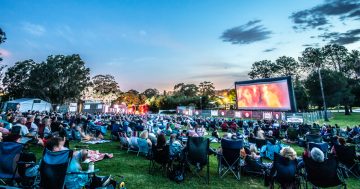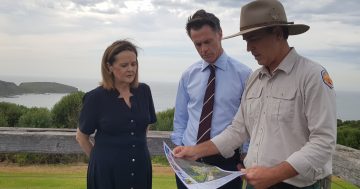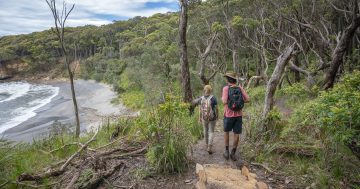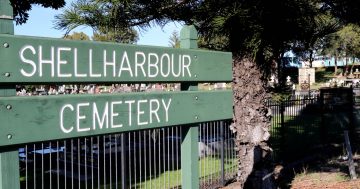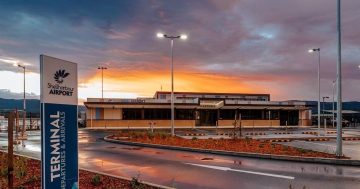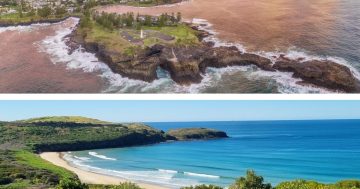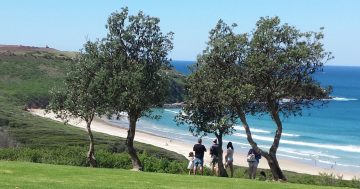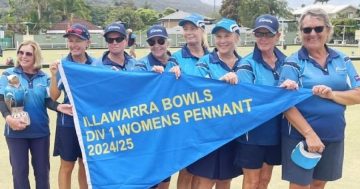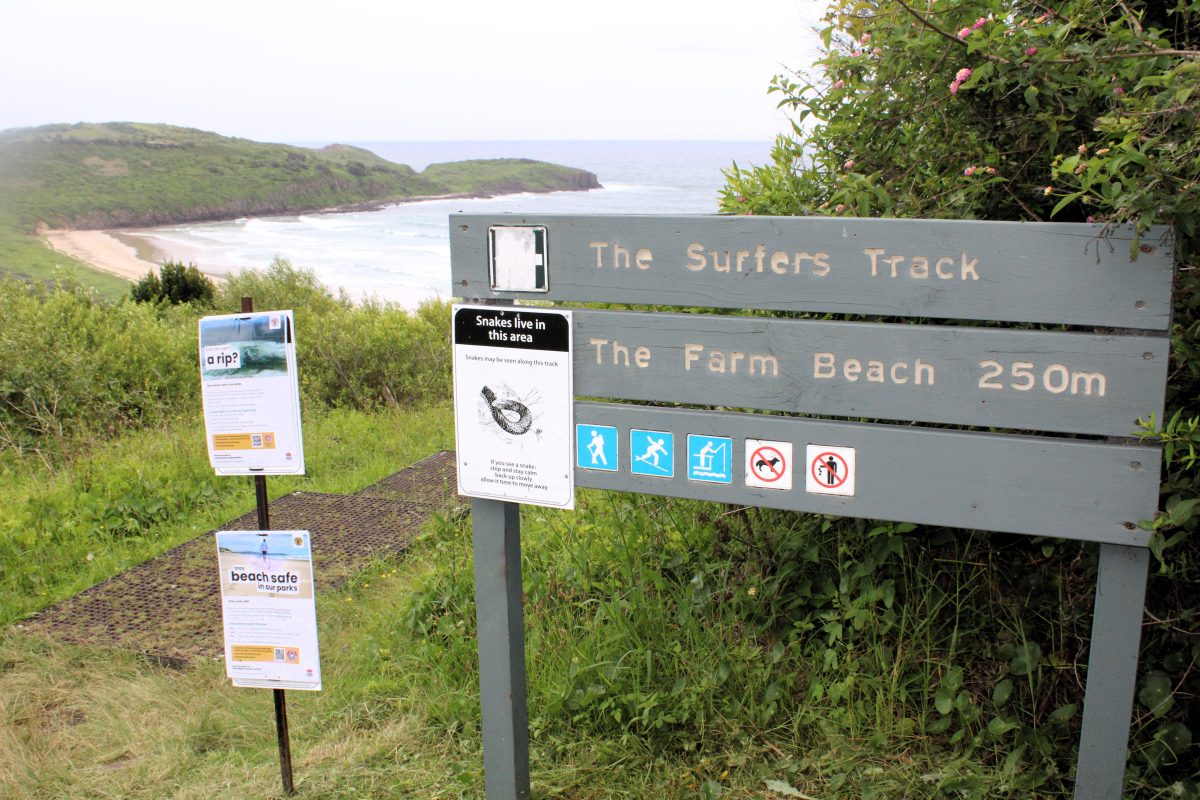
Tracks and infrastructure are set to be developed with the NPWS plan of management. Photo: Keeli Royle.
Time is running out for the community to have their say on the future of Killalea, with a plan created by NSW National Parks and Wildlife Service (NPWS) dividing passionate residents and visitors who have fought hard to preserve The Farm and protect it from development.
Killalea Regional Park was at the centre of some of the region’s largest community campaigns, with advocates like former Save Killalea Alliance convenor Peter Moran finding themselves fighting for the hidden gem time and time again.
“For decades I’ve been seeing threats to Killalea that would have meant a complete change in the way it was being used; it would have gone from being a park to a conference and visitors centre; it would’ve in itself alienated many in the local community from the place,” Mr Moran said.
“I’ve seen things like ‘No Fees for the Farm’ in the mid-90s, through to Babcock & Brown which I was heavily involved in throughout 2008 and 2009 and then when the proposal was announced by Gareth for the most recent development up there I just thought that was the last straw.”
Record numbers attended protests and paddle outs which eventually led to the management of the park being removed from administrators Reflections Holiday Parks and being put in the hands of NSW NPWS.
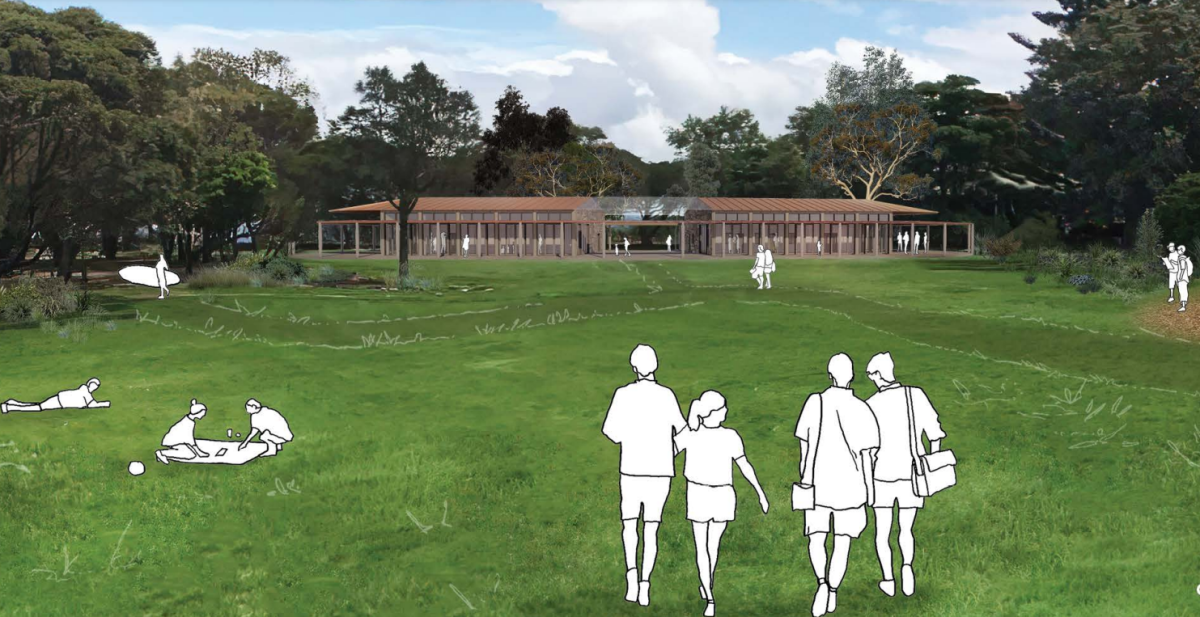
The visitors pavilion will help improve access and facilities while remaining low-key to fit in with the environment. Photo: DunmHillam/NSW NPWS.
Shellharbour City Mayor Chris Homer, who was one of the driving forces behind the change, has been impressed with the maintenance and approach to the park, which had been slipping into disrepair.
“I go down there almost on a daily basis and it’s just been fantastic the amount of time, energy and resources that have been put in the park,” Cr Homer said.
“I’ve had a 17-year journey with Killalea – it took me into local government and being the mayor of the city, so my heart’s always with Killalea and I’ll always have a protective eye over it, especially in the position that I’m in now, and from what I can see I’m very pleased with the new administration and what they’re doing down there.”
But some community concerns returned after NPWS put its draft plan of management and precinct plan out for public exhibition.
“Unfortunately, with Kilallea there’s years of community trauma where administrations have come in and basically tried to do the wrong thing,” Mayor Homer said. “When you hear something like a ‘plan of management’ or even the word ‘development’ anywhere in there, it’s kind of a trigger word and makes you feel that you’re going back to where we were.
“And we’re not, we’re absolutely not going back to where it was.”
The purpose of the plan is to preserve longevity of the site by honouring its Aboriginal significance, maintaining healthy ecosystems and creating sustainable facilities for the community and visitors.
Key changes include a new visitors pavilion, upgraded amenities and improved accessibility, but there has been significant backlash by some.
“The community doesn’t want it developed in any way. I think that is not going to change. No means no,” one resident wrote.
“Let The Farm be The Farm all us oldies remember. Some special places don’t need intervention,” another commented.
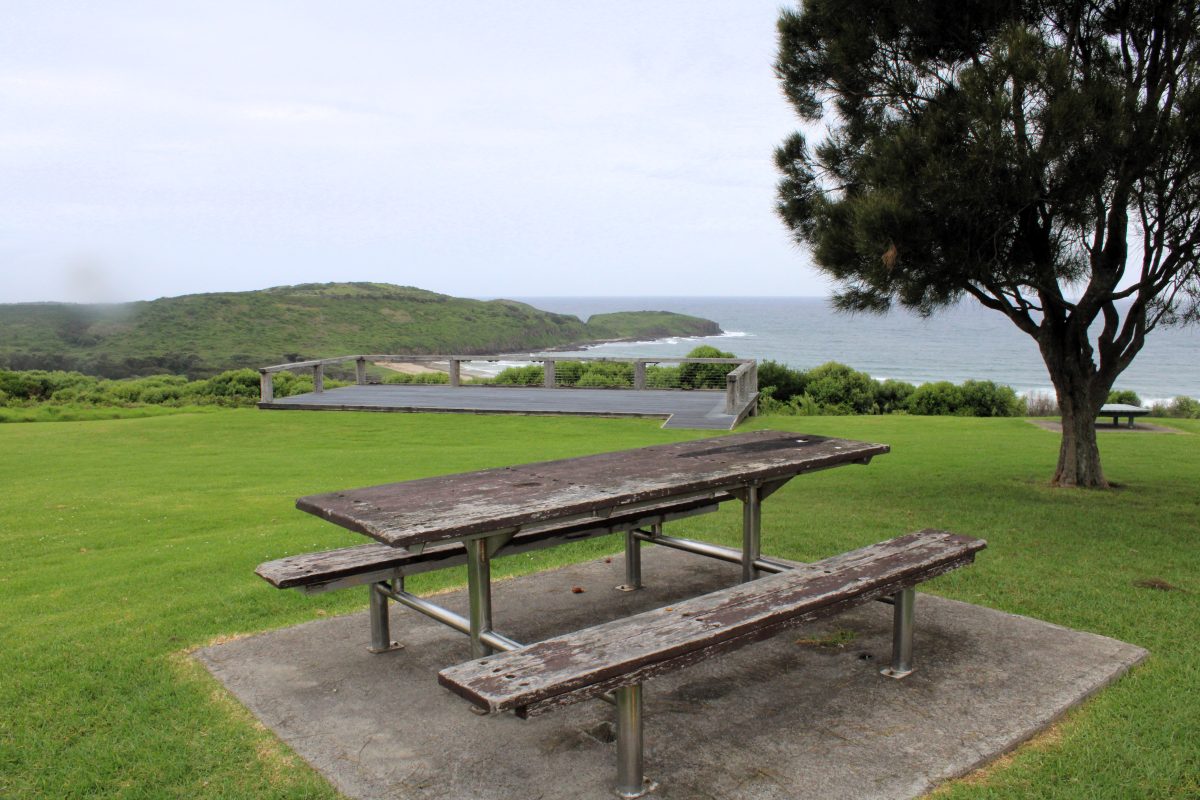
Current picnic areas and infrastructure is set to be upgraded. Photo: Keeli Royle.
While some agreed that maintenance was desperately needed, they were concerned the proposal was similar to one they had just fought to prevent.
“These ‘plans’ are invariably Trojan horses for what will come if you don’t push back,” said a surfer who had visited the area.
“Baby steps towards a major development. No way,” another said.
“What’s the difference in what Reflections were wanting?” one said.
Both Cr Homer and Mr Moran said the intentions behind the current proposal were very different from what had been seen in the past.
“It’s way different; Reflections had a commercial attitude to the whole upgrading of that space with conference centres with commercial kitchens and the whole business model that informed it was different,” Cr Homer said.
“What National Parks have put forward is an evolution of the existing infrastructure that’s already there and that evolution includes cultural spaces for First Nations people, a community style space within that, and the amenities as well.”
“Their main aim for the park is not commercial exploitation or commercial enhancement, it’s to maintain it for the use of the community including the environmental benefits of the park,” Mr Moran said.
“I can’t see National Parks and Wildlife Service ever wanting to put in a 200-unit development down there as has been proposed in the past.”
And while the plan was informed by the community, with so many stakeholders now involved, NPWS faces a balancing act.
“It’s never going to make everyone happy,” Mr Moran said.
“There are some people in the community who want to keep it just for the local community and some people that recognise that it is such a special place that it has a wider appeal beyond just locals.
“National Parks and Wildlife Service has to tread that fine line between those two groups of people by keeping it relatively undeveloped and ‘local-friendly’ but at the same time recognising that it’s going to attract visitors from out of the area and increased visitor numbers are going to require increased facilities, so it’s a hard one.”
Submissions will be accepted until 29 January and can be made through the NSW Department of Planning and Environment website.








